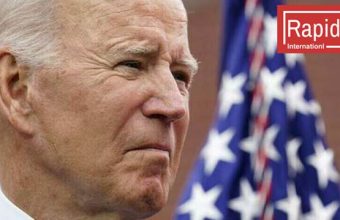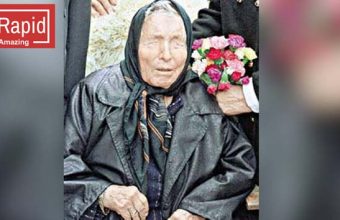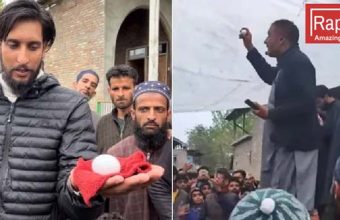By Rehman Asif
The Kartarpur corridor has opened a new avenue in relationships of Pakistan and India. It opened a plethora of divergent paradoxical perceptions; some bifurcate it as a “corridor of terror” and some believe it as a “corridor of peace”. It is maintained that this corridor would uphold and strengthen the Sikhism in or across the border.
The Kartarpur has an eminent place in the lives of Sikhs as it has strong religious affinity with them. The Kartarpur corridor is a 2.5 mile stretch thatcontacts Indian pilgrims with Gurdwara Darbar Sahib in Kartarpur in the Narowal district of Pakistan, which is considered as the second holiest site in Sikhism. It is believed to be the place where Guru Nanak, the founder of Sikhism, spent the last 18 years of his life. Kartarpur is situated near Shakargarh district Narowal, Punjab.
The Gurdwara—which means a “gateway to the guru”—thus embraces marvelous religious and sentimental value to the Sikh community. In the corridor’s absence, travelers had to cover a laborious, approximately 78-mile journey instead, under strict visa regulations. The corridor leads directly from the border to the Gurdwara with its sides fenced off, confining travel to the shrine only. Pilgrims are required to pre-registration with the Indian Ministry of Home Affairs, which will compile the list of pilgrims ten days in advance of scheduled travel and send it over to Pakistan for approval. Although there is no visa requirement, travelers are required to carry their passport and the electronic travel authorization received from the ministry. As a goodwill gesture, Prime Minister Imran Khan of Pakistan has waived off two requirements exclusively for Sikhs: they will no longer be required to carry their passports (only valid identification), and they will not need to register ten days in advance.
This corridor associates the Dera Baba Nanak shrine in India’s Punjab with Gurdwara Darbar Sahib in Pakistan’s Punjab and the agreement assures Indian pilgrims visa-free access to this corridor to travel to the holy site in Pakistan which is a positive gesture for the friendly relationship. Officials on both sides had laid the foundation stone for the corridor last in November but aggravated two-sided pressures between India and Pakistan in the interim, particularly after the Pulwama attack and the Balakot airstrikes that left many speculating about its fortune. Despite tensions, the construction of the corridor continued and it is scheduled to be inaugurated simultaneously by the Prime Ministers of both countries to commemorate the founder of Sikhism, Guru Nanak’s 550th birth anniversary celebrations. The corridor’s inauguration provides an appropriate moment to discuss its significance for India-Pakistan relations and how it may affect bilateral ties going forward.
It is pertinent to mention here that at the inaugural ceremony of Corridor’s project in a prestigious ceremony attended by Navjot Singh Sidhu who made religious speeches while paying gratitude to the Pakistani and Indian govt. and the love of people being so friendly. This inauguration has been professed as a sincere effort of Imran Khan to remove tension between India and Pakistan and to facilitate Sikhs as well. It is believed that the Muslims understood and honored the Guru of Sikhs as a holy saint by providing facilitative environment for a holy pilgrimage which is really appreciable.
From the window of history, there have been a lot of harsh memories and misunderstandings as well but with the passage of time; it is cleared that the decisions taken by Mughal rulers cannot be associated with the ideology of Muslims.This corridor is a forward step towards promotion of religious freedom. It is an open and positive example of neighbors working together for mutual benefit.
























